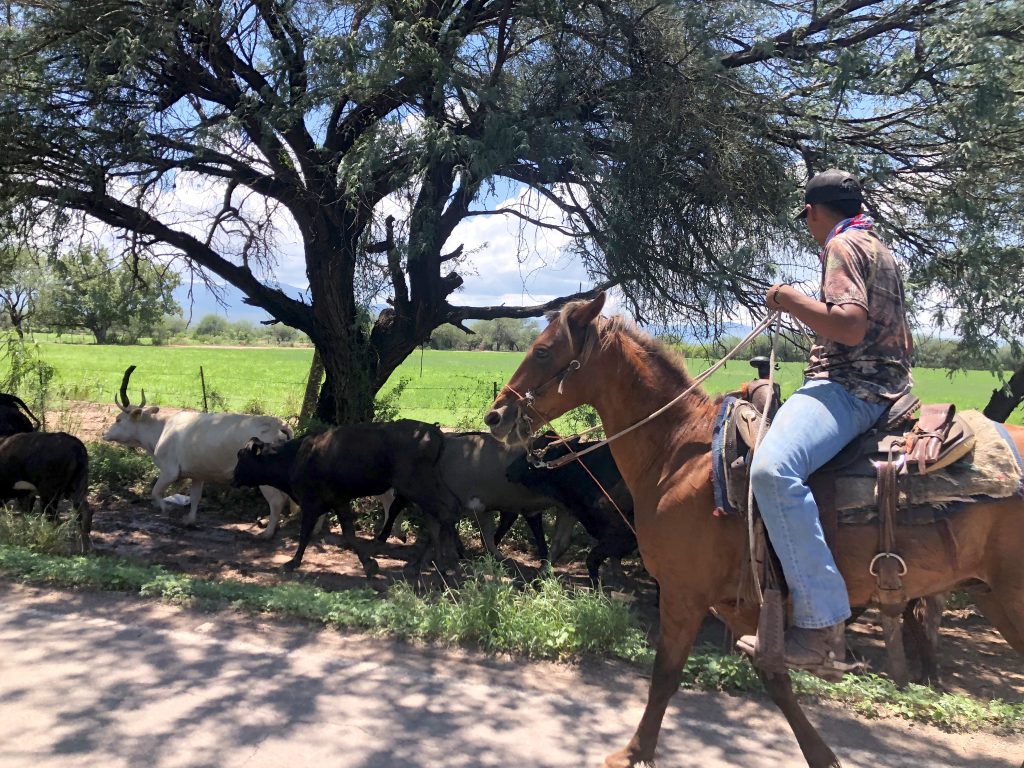Tag: livestock
Foot-and-mouth disease: A new antiviral stops the super-spreader in its tracks

Dr Tatsuya Nishi and Dr Kazuki Morioka from the National Institute of Animal Health at the National Agriculture and Food Research Organization, Japan, have been testing a promising treatment against foot-and-mouth disease virus (FMDV). Feeding pigs an antiviral drug (T-1105) may prevent any outbreak from spreading since it inhibits pigs from producing virus particles. Pigs are currently thought to be […]
Read More… from Foot-and-mouth disease: A new antiviral stops the super-spreader in its tracks
An in-depth look at the East Coast fever vaccine

East Coast fever causes significant losses among cattle in eastern, central and southern Africa, affecting the livelihoods of livestock keepers in these regions. There is no conventional vaccine for this disease and, instead, an infection and treatment method is implemented using Muguga cocktail and oxytetracycline. Professor Andrew Peters and Dr Fiona Allan of the University of Edinburgh conducted a systematic […]
Read More… from An in-depth look at the East Coast fever vaccine
Open range cattle herding in Texas: A very European affair

Cowboys on horseback are an icon of Texas. The commonly accepted scenario is that cattle herding, first introduced into Mexico, expanded northward via the arid central highlands. However, Professor William E. Doolittle (University of Texas at Austin), has revealed a much more important route via the tropical lowlands of Mexico’s east coast. Cattle were first introduced to this region by […]
Read More… from Open range cattle herding in Texas: A very European affair
Protein as a Unifying Metric for Carbon Footprinting Livestock

Agriculture and livestock production contribute significantly to greenhouse gas emissions and climate change. To reduce these emissions, some environmental groups advocate reducing the amount of red meat that we consume. James Dyer and Raymond Desjardins, Agriculture and Agri-Food Canada (AAFC), were interested in the impact that reducing red meat, diversifying meat consumption and changing cattle diets could potentially have on […]
Read More… from Protein as a Unifying Metric for Carbon Footprinting Livestock